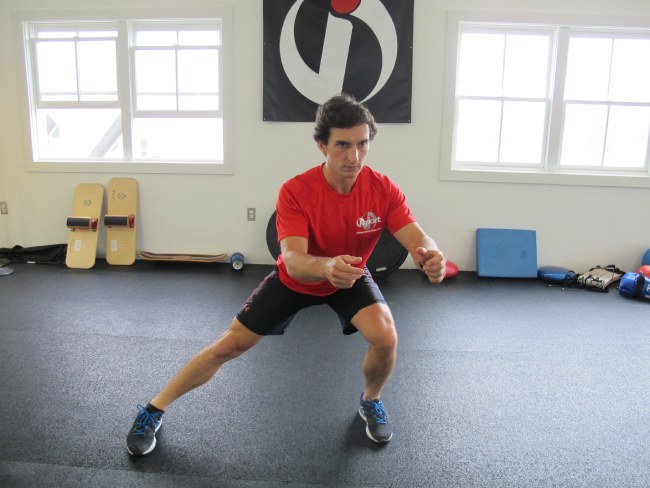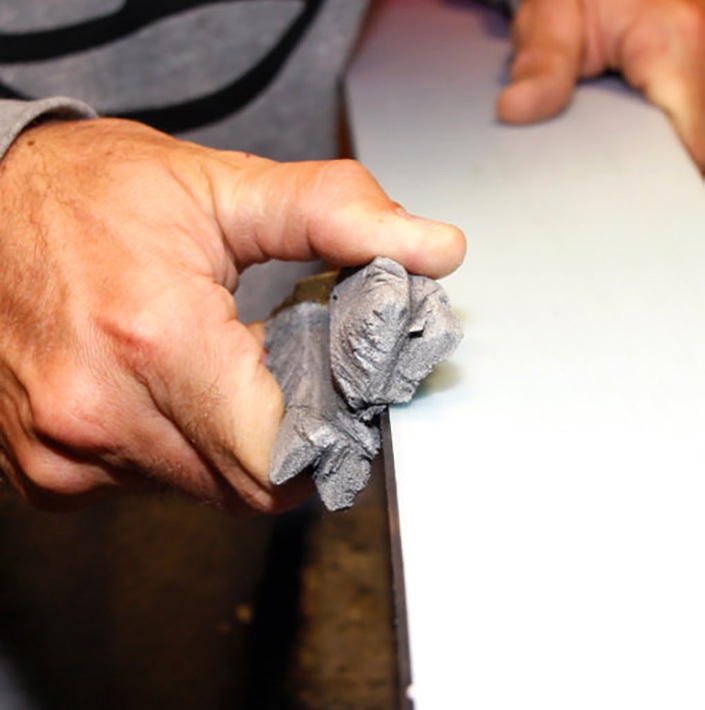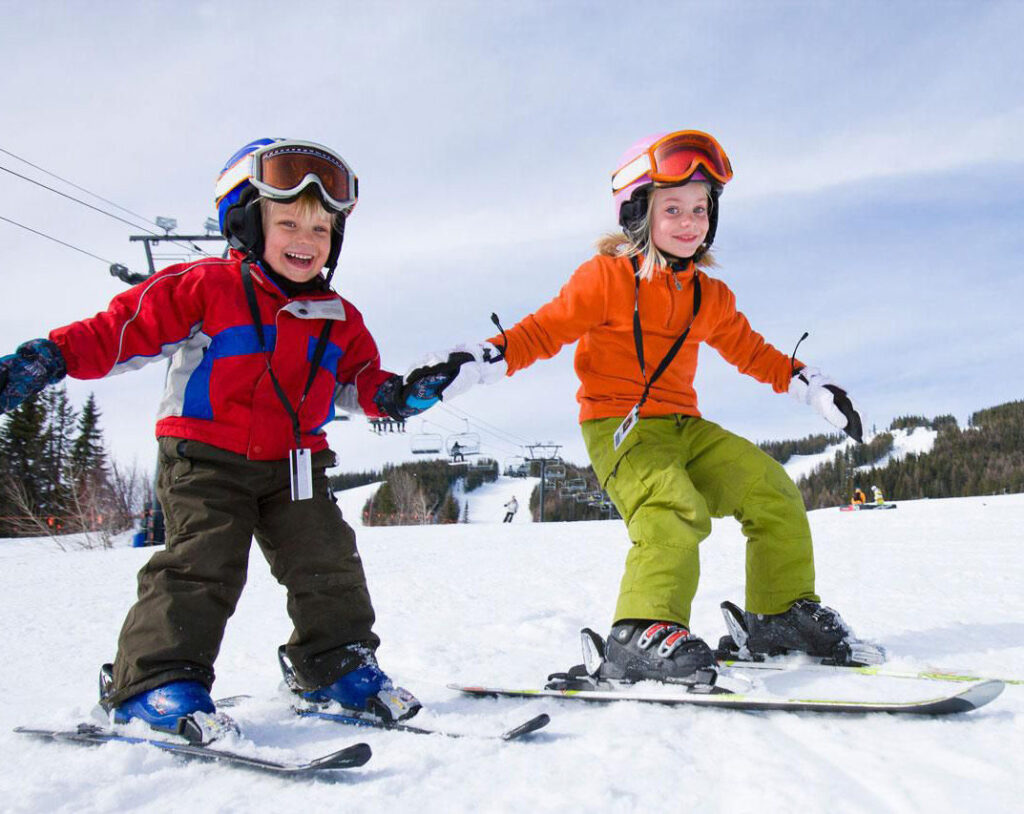
Winter Boots Essentials: Choose the Perfect Footwear
Winter Footwear Essentials: Keeping Feet Warm, Dry, and Protected
Prepare yourself for the upcoming winter season by equipping your feet with the ultimate protection. As the days get colder and the weather turns harsh, it becomes crucial to have the right footwear that not only keeps your feet warm and dry it also shields them from the unforgiving elements. This is where investing in high-quality winter boots becomes essential.
Discovering the perfect pair ensures not only comfort, it maintains optimal foot health throughout the cold months. Our comprehensive guide provides expert advice on selecting winter footwear that goes beyond just warmth. We delve into the important features like waterproofing, traction, insulation, and more, to help you make an informed decision.
We also explore the significance of insoles in enhancing foot warmth and performance, ensuring you stay cozy and confident with each step you take. Stay ahead of the game this winter season by embracing the latest trends in winter boot fashion. With our guidance, finding the perfect pair that matches your style and needs is made effortless. Trust our expertise and let us guide you through the essentials of winter boots, so you can face the cold with confidence, comfort and style.
Prioritize Warmth
When shopping for winter boots, your first consideration should be warmth. Look for boots made with insulated materials that provide sufficient thermal protection. Thinsulate, PrimaLoft, and Gore-Tex are popular insulation options that offer excellent warmth retention without adding excessive weight or bulkiness to the boots.
Waterproofing is Key
Keeping your feet dry is equally important as maintaining warmth. Look for boots that are specifically designed to be waterproof, as they will effectively repel moisture and prevent your feet from getting wet. Waterproof materials such as treated leather, rubber, or synthetic fabrics like nylon are commonly used in winter footwear. Additionally, ensure that the boots have sealed seams or waterproof membranes to prevent any water penetration.Consider Traction
Walking on slippery surfaces during winter can be hazardous. Look for boots with a robust outsole that offers excellent traction. Deep lug patterns and specialized rubber compounds, such as Vibram or Arctic Grip, enhance grip on icy or wet surfaces. These features will provide stability and reduce the risk of slipping and falling.
Insulation for Extreme Cold
If you live in an area with extremely cold temperatures, consider boots with extra insulation. Thicker insulation, such as 400 grams or more, can provide superior warmth in frigid conditions. However, keep in mind that excessive insulation may cause your feet to sweat excessively, so it’s essential to find a balance that suits your needs.The Importance of Insoles
Insoles play a critical role in foot warmth and overall performance when it comes to winter footwear. Opt for boots that have removable insoles, allowing you to customize the fit and add additional insulation if needed. Thermal insoles made of wool or synthetic materials with reflective properties can provide extra warmth by trapping heat inside the boots. Consider using insoles with moisture-wicking properties to keep your feet dry and comfortable.
The Masterfit QF Snow Insoles have a radiant heat barrier under the toes to help keep your feet warmer on cold days. Also, the have an anti-microbial top cover that reduces odor, blistering and moisture to keep feet dry and comfortable. They’re a must-have in all your winter boots.
Fit and Comfort
Finding boots that fit well and provide all-day comfort is essential. Look for boots with adjustable closures, such as laces or buckles, that allow you to customize the fit according to your foot shape and size. Ensure that there is sufficient toe room to allow for proper circulation and prevent discomfort or cold-related issues like frostbite. Additionally, choose boots with cushioning in the midsole and ankle collar for added comfort during extended wear.
Breathability
While warmth and waterproofing are essential factors, it’s equally important to consider breathability. Feet naturally perspire, and if moisture is trapped inside the boots, it can lead to discomfort and even foot-related issues like blisters or fungal infections. Look for boots with breathable materials or those equipped with moisture-wicking liners that can effectively regulate moisture and keep your feet dry.
Durability and Quality
Investing in high-quality winter footwear is a wise decision. Look for boots made with durable materials that can withstand harsh winter conditions. Reinforced stitching, sturdy soles, and quality construction are indicators of a long-lasting pair of boots. While premium boots may have a higher upfront cost, they often provide better longevity and performance, making them a worthwhile investment.
Conclusion
When it comes to winter footwear, prioritizing warmth, waterproofing, and traction is crucial. By selecting boots that offer insulation, water resistance, and superior traction, you can ensure your feet stay warm, dry, and protected during the winter months. Additionally, don’t overlook the importance of insoles in enhancing foot warmth and performance. By following the expert advice provided in this article, you can make an informed decision and choose winter boots that are both functional and comfortable, allowing you to embrace the winter season with confidence.




























